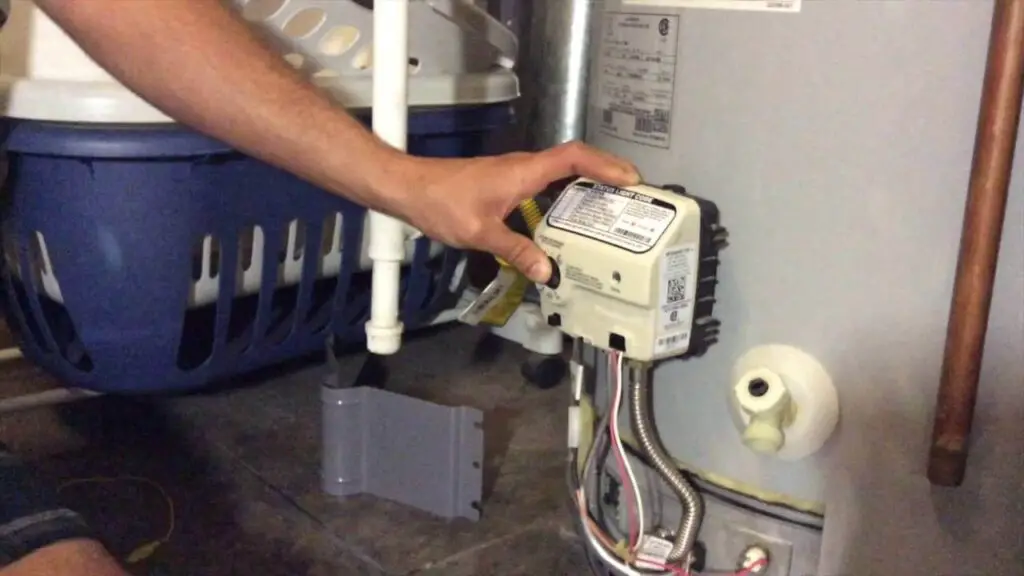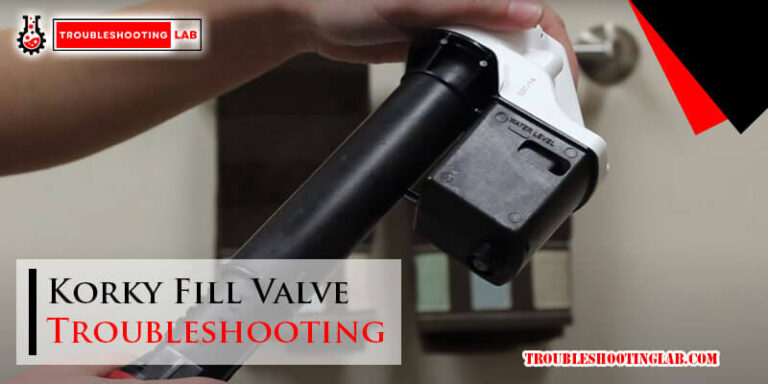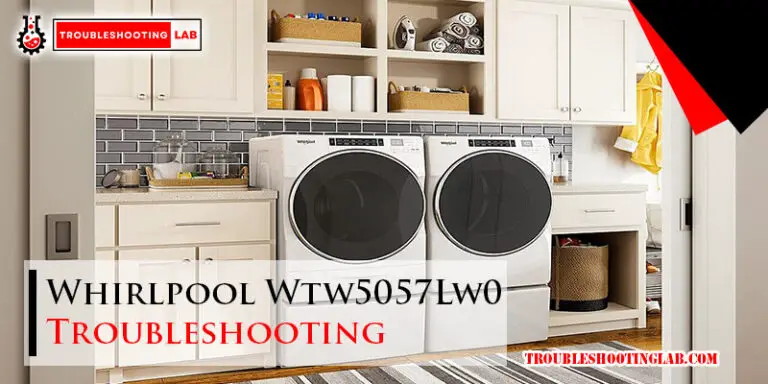Honeywell Gas Valve Troubleshooting: Expert Solutions for Efficient Performance
For Honeywell gas valve troubleshooting, check for proper power supply and valve connections. Look for error codes or blinking lights on the control panel to diagnose issues promptly.
Ensuring your Honeywell gas valve operates optimally is crucial for efficient heating and safety. Gas valve problems can disrupt your heating system’s performance and pose safety risks. By following proper troubleshooting steps, you can identify and resolve any issues with your Honeywell gas valve.
In this guide, we will explore common problems that may arise with Honeywell gas valves and provide practical solutions to help you maintain your heating system’s efficiency and safety. Let’s delve into the essential troubleshooting techniques to keep your Honeywell gas valve in top condition.

Common Issues
Struggling with your Honeywell gas valve? Common issues include difficulty adjusting the gas flow, ignition problems, and irregular heating. Troubleshooting these issues might involve checking for blockages, ensuring proper electrical connections, and consulting the manufacturer’s manual for guidance.
Pilot Light Failure
Common issues with pilot light failure include dirty or faulty thermocouples, gas supply issues, and malfunctioning pilot light assembly.
Gas Leak Detection
Signs of a gas leak include a strong odor similar to rotten eggs, hissing sounds near the gas valve, and dead or dying plants near gas lines.
Identify common issues with Honeywell gas valves such as pilot light failure and gas leaks. Proper troubleshooting is essential for maintaining gas valve functionality.
Troubleshooting Steps
When troubleshooting issues with your Honeywell gas valve, it’s essential to follow specific steps to ensure safety and functionality.
Checking For Pilot Light Issues
Ensure the pilot light is lit and the flame is steady and blue.
If the pilot light is out, relight it following the manufacturer’s instructions.
Make sure the pilot tubing is clear of debris or blockages.
Identifying And Addressing Gas Leaks
Check for a rotten egg smell, indicating a gas leak.
If you suspect a gas leak, turn off the gas supply immediately.
Contact a professional technician to locate and repair the gas leak.
Maintenance Tips
`Regular maintenance is key to ensuring the proper functioning of Honeywell gas valves. Keeping them in good working condition through regular cleaning and inspection can help prevent malfunctions and extend the lifespan of the valves. Here are some essential maintenance tips to follow for troubleshooting Honeywell gas valves.`
Regular Cleaning And Inspection
`Regular cleaning and inspection are crucial to keep Honeywell gas valves functioning optimally. Inspect the valves for any visible signs of damage or corrosion, and ensure that the surrounding area is free from debris or obstructions. Clean the valves using a soft cloth or brush and a mild detergent to remove any buildup or contaminants that could affect their performance. It’s important to handle the valves with care during the cleaning process to prevent damage.`
Replacing Faulty Components
`If any components of the Honeywell gas valves are found to be faulty or damaged during inspection, it’s essential to replace them promptly. Whether it’s a faulty sensor, wiring, or any other component, timely replacement is crucial to prevent any potential safety hazards or malfunctions. Always refer to the manufacturer’s guidelines and specifications when replacing components to ensure proper installation and functionality.`
Preventive Measures
When it comes to ensuring the safety and functionality of your Honeywell gas valve, taking preventive measures is of utmost importance. By implementing the following preventive measures, you can avoid potential issues and maintain a safe environment in your home.
Installing Carbon Monoxide Detectors
One of the most critical preventive measures to take is installing carbon monoxide detectors. Carbon monoxide is a colorless and odorless gas produced by combustion appliances such as gas furnaces and water heaters. Exposure to high levels of carbon monoxide can be fatal.
To protect your household from the dangers of carbon monoxide, it is essential to install carbon monoxide detectors in bedrooms, hallways, and living areas. These detectors can quickly identify increased levels of carbon monoxide and alert you to potential gas leaks.
When installing carbon monoxide detectors, make sure to follow the manufacturer’s guidelines to ensure proper placement and functionality. Place them at a suitable height on the wall, away from direct sunlight or sources of heat.
Following Manufacturer’s Guidelines
To maintain the optimal performance of your Honeywell gas valve, it is crucial to follow the manufacturer’s guidelines. These guidelines provide valuable information on installation, operation, and maintenance, ensuring that you get the most out of your gas valve.
Whether you are installing a new gas valve or troubleshooting an existing one, refer to the manufacturer’s guidelines for step-by-step instructions. These guidelines often include important safety precautions and recommended maintenance procedures.
By adhering to the manufacturer’s guidelines, you can avoid common pitfalls and potential issues that may arise from improper installation or maintenance. Always refer to the official documentation provided by Honeywell to ensure the safety and effectiveness of your gas valve.
Professional Assistance
If you’re facing issues with your Honeywell gas valve and troubleshooting steps haven’t resolved the problem, it’s time to seek professional assistance. Gas valves are complex and delicate components, and attempting to fix them without proper knowledge and expertise can be risky and could potentially lead to further damage. Hiring a professional technician is the best way to ensure swift and effective resolution.
When To Call A Technician
If you find yourself in any of the following situations, it is recommended to reach out to a certified technician:
- Gas leaks or the smell of gas is present near the valve.
- You are experiencing sudden and frequent valve malfunctions.
- There are unusual noises coming from the valve.
Remember, gas-related issues should always be handled with caution. It is better to be safe than sorry, so if you are unsure about fixing the problem yourself, don’t hesitate to call for professional help.
Choosing The Right Service Provider
When it comes to selecting the right service provider for your Honeywell gas valve troubleshooting needs, consider the following points:
- Experience: Look for a service provider with extensive experience in gas valve repairs and troubleshooting.
- Certifications: Ensure that the technicians are certified and licensed to work on gas-related systems.
- Reputation: Read reviews and testimonials to gauge the service provider’s reputation and customer satisfaction levels.
- Response Time: Check if the service provider offers quick response times to minimize any potential downtime caused by valve issues.
- Warranty: Inquire about warranty options available for the repairs performed.
By considering these factors, you can choose the right service provider who will not only troubleshoot your Honeywell gas valve effectively but also provide reliable and trustworthy services.
Frequently Asked Questions Of Honeywell Gas Valve Troubleshooting
How Do I Troubleshoot A Faulty Honeywell Gas Valve?
A faulty Honeywell gas valve can be troubleshooted by checking for power supply and gas pressure, ensuring proper wiring connections, and verifying the valve’s ignition control.
What Are The Signs Of A Malfunctioning Gas Valve?
Signs of a malfunctioning gas valve include low heat output, frequent on/off cycling, a burner that won’t ignite, or a pilot light that won’t stay lit.
Why Does My Honeywell Gas Valve Keep Shutting Off?
A Honeywell gas valve may keep shutting off due to issues such as a faulty thermocouple, a malfunctioning ignition control, or a pressure switch problem.
How Can I Reset My Honeywell Gas Valve?
To reset a Honeywell gas valve, turn off the gas flow, wait for 5 minutes, and then turn the knob to the “off” position. After a few minutes, turn the knob to the desired setting and relight the pilot if necessary.
What Should I Do If My Honeywell Gas Valve Is Leaking?
If your Honeywell gas valve is leaking, immediately shut off the gas supply, ventilate the area, and contact a professional technician for repairs. Leaking gas valves pose a serious safety risk.
Conclusion
In troubleshooting Honeywell gas valves, following safety protocols is crucial. With proper maintenance and regular checks, most issues can be easily resolved. Understanding the symptoms and possible solutions is essential in addressing common problems. Remember to consult a professional for any complex issues or if you’re unsure about the troubleshooting process.
By taking necessary precautions and staying informed, you can ensure the efficient performance of your gas valve system.






